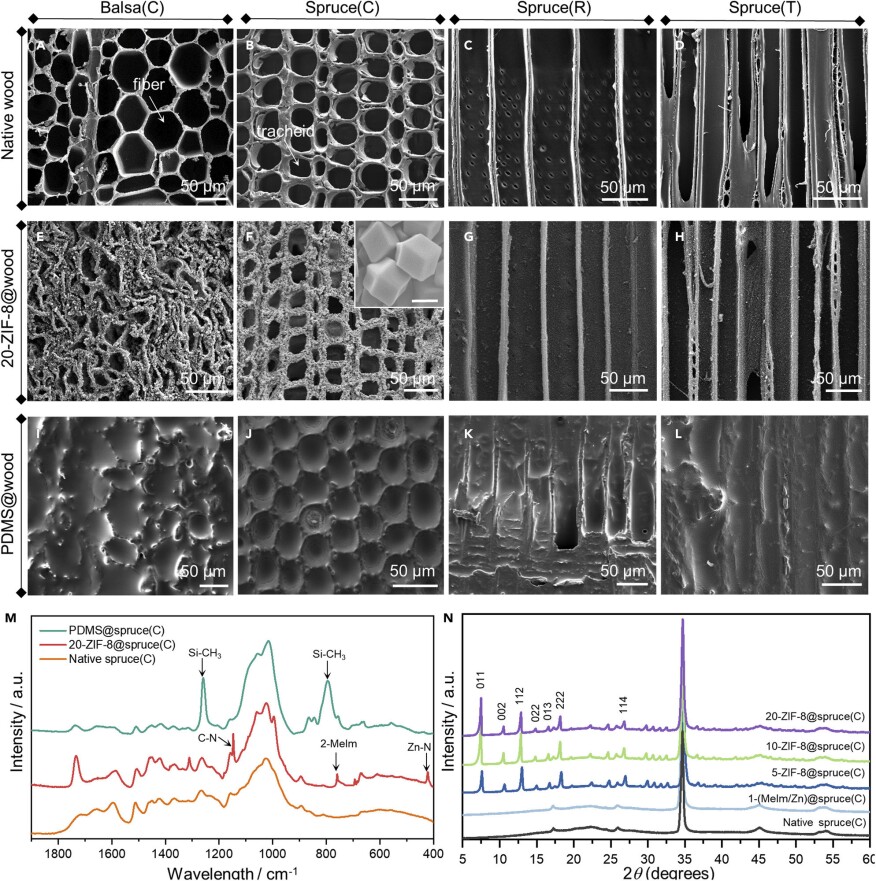
could-wood-replace-our-need-for-wires_oColumnist Blaine Brownell examines the latest research on "functionalized" wood and the familiar material's conductive potential
Functionalization—the scientific term for the addition of new functions to an existing material—is a common technique in materials science, chemistry, and nanotechnology. In architecture, function is often considered at an assembly, system, or spatial level. Although functionalization research commonly involves polymers, glass, and metal oxides, some researchers and designers are adding new functions to wood. In this case, function is added to the wood itself by surface manipulations. The approach is used to modify characteristics like color, hydrophobicity, magnetism, and antimicrobial properties, often transforming the material.
The most striking functionalizations are unexpected, running counter to a material’s familiar characteristics. One example is electrification—a surprising function given wood’s low conductivity. Wood.e is a composite material for furniture fabrication designed to conduct electricity. As a composite, it is not a functionalized material per se—the term typically refers to the modification of the surface of an individual material—but the concept is similar.
Designed by Bjorn Blisse, Folker Konigbauer, and Reinhard Zetsche from Transalpin with German furniture manufacturer Becker, Wood.e comprises three layers of plywood of different thicknesses. Conductive metal plates are sandwiched between the plies, providing 12 volts of electricity, and the materials can be molded into bent shapes for seating, tables, and shelving. By delivering a current internally, Wood.e allows users to activate various devices—such as light fixtures, fans, or speakers—by attaching them to the surface, eliminating the need for wires or cables.
https://www.civilengineering.ai/could-wood-replace-our-need-for-wires/

Post a Comment